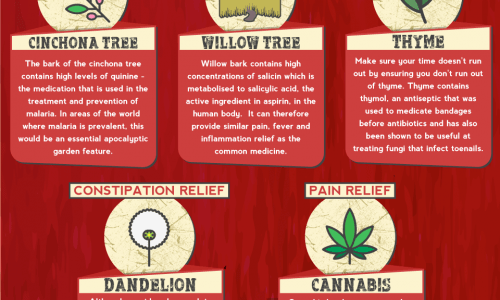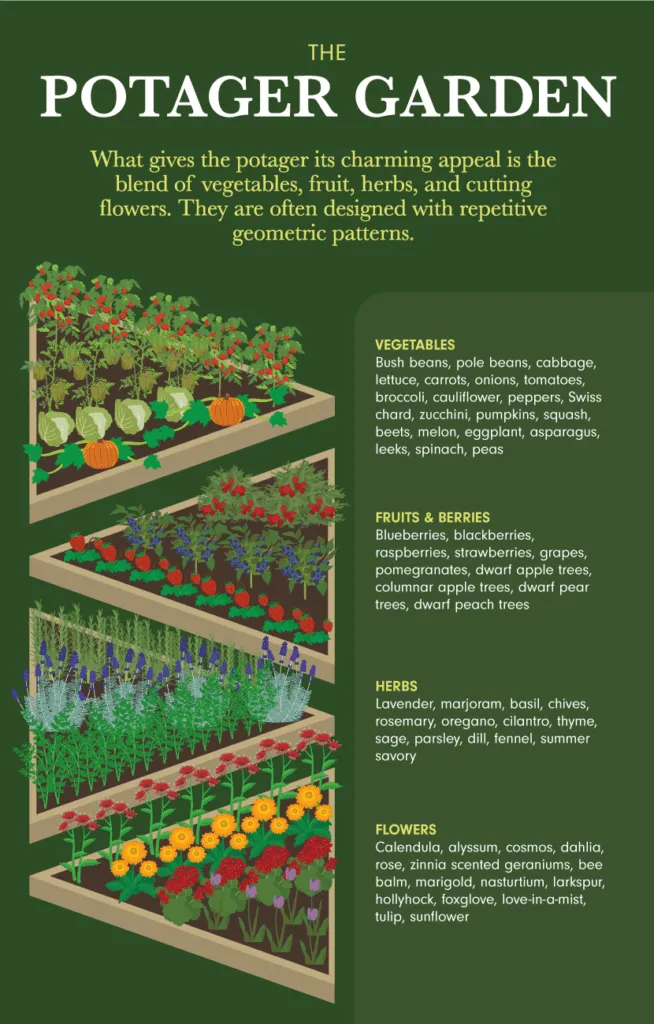
Whether or not you realize it, you see flowers every day. A joyful budding bloom peeking through your window, rich and lavish arrangements perched on pristine vases, freshly cut stems ready to be sold in the market.
But though you may admire the colors and fragrances of these flowers, do you ever stop to ponder past their beauty? What do they mean, and what do they symbolize?
The etymology of flowers has indeed survived, shifted, and grown throughout thousands of years. Arisen from this is the term of floriography or ‘the language of flowers’. This is defined as a cryptological communication through the arrangement or use of these flowers that can be seen as you trace through history. Though the term was first introduced in the seventeenth century, there is no arguing that the symbolism of flowers was well reflected through means of art, literature, and mythology at an even earlier age.
There is a beautiful correlation between a flower’s physical attributes and the meaning it takes possession of. For instance, the taraxacum–commonly known as a dandelion–comes from the French dent de lion, literally translating into ‘lion’s tooth’. If you have seen and touched an actual dandelion, you might be aware of the fact that its leaves are rather coarse, poking out like little teeth, yet with its sunny yellow hue, it is said to be a flower of hope and joy.
Thus is the strange and amusing nature of the monikers and the meaning of flowers. As you grasp a better understanding of the soul of these petaled wonders, perhaps you may take an extra moment to stop and consider their beginnings. Whether you are choosing flowers for your wedding, picking a bouquet for your loved one, or simply gazing at a lone bloom, remember how they sprung from the fertile grass of our lands.




